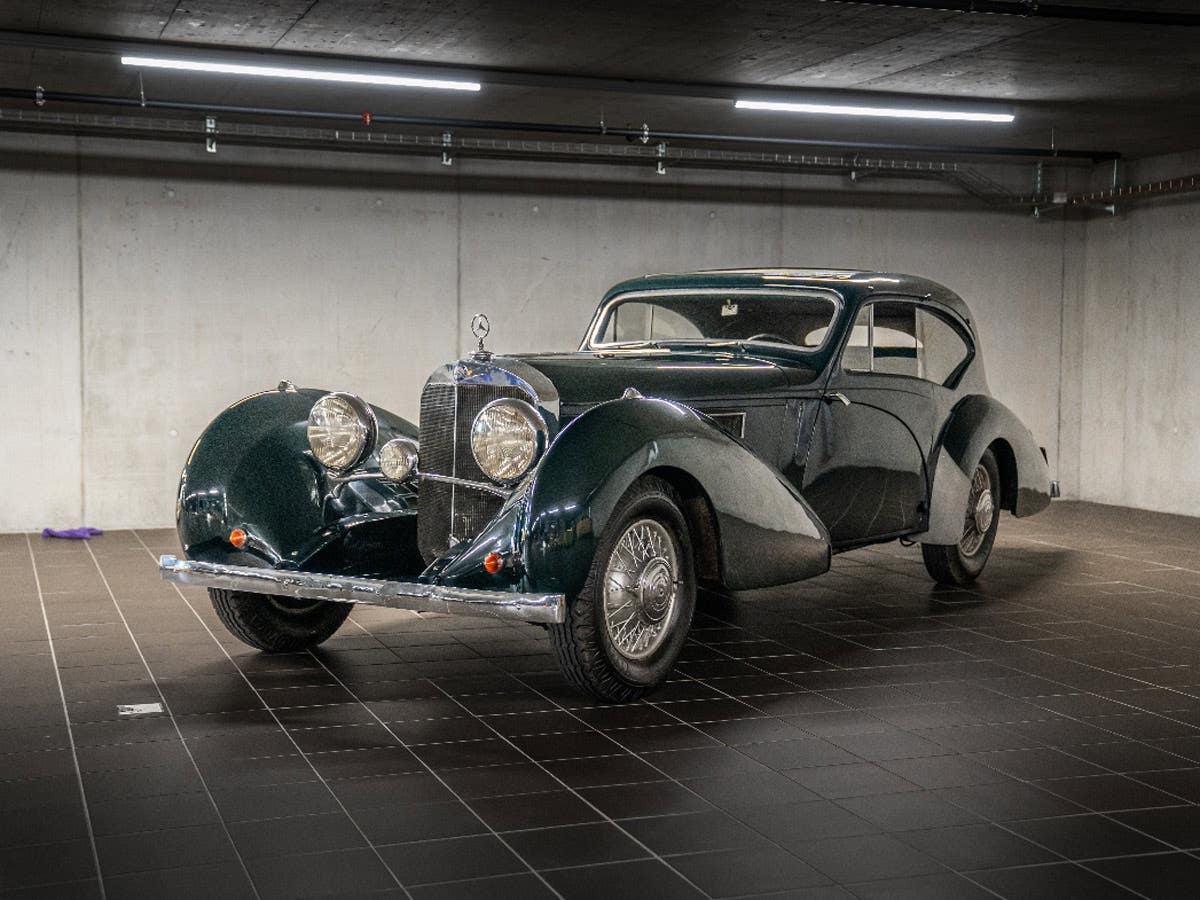Studying Stude Studs
Isn’t it amazing how one thing leads to another in the old car hobby? Take my recent, unintended study of the number of exhaust manifold studs used on the engine…
Isn’t it amazing how one thing leads to another in the old car hobby? Take my recent, unintended study of the number of exhaust manifold studs used on the engine of my son Jesse’s ’49 Studebaker Commander Regal Deluxe Starlight Coupe. For the record, the car has the 245.6-cid Studebaker “Big Six.”
We had taken the engine in for rebuilding. The mechanic called and told us that the exhaust manifold and the exhaust manifold gasket had holes drilled in the front and rear outer positions, but no holes in the block. “Do you want me to drill and tap some holes?” he asked.
Not knowing what to say, we opened the roster for the Wisconsin Region of the Studebaker Driver’s Club (www.studeski.com/wrsdc/wrsdc.htm) and found email addresses for some members who owned cars or trucks with the Big Six. We asked them if we should have the shop drill the block.
First, we discovered that it was normal for these cars to have only six exhaust manifold studs and no holes drilled for the 7th and 8th holes. Then, one of our contacts mentioned that the Big Six was introduced in the early '30s and had eight studs until 1935. We were almost ready to tell the mechanic at the shop to drill and tap extra holes to get a better exhaust manifold seal.
Then we got a message from another member of the Studebaker Driver’s Club named Buzz Beckman. He explained that Studebaker had stopped drilling the holes in the Big Six block after 1935 because they were getting complaints of cracks in the engine blocks where the holes had been drilled. He suggested that it would not be a good idea to have extra holes drilled and tapped and we had to agree with him. (Buss also told us that Andrew Beckman from the Studebaker Museum in South Bend, Ind., [www.studebakermuseum.org] was his son).
Ironically, Andrew Beckman’s latest article in the club’s magazine Turning Wheels had discussed the use of eight studs until 1935 and six studs afterwards, although Andrew did not get into the reason for the change. We were just amazed at how many facts we found out about the Studebaker Big Six just by asking a simple question. That’s one of the beauties of the old car hobby!
(Contributing to what we learned were Ed Carmo, Harry Mueller and Terry Frye of the WRSDC and Buzz Beckman of SDC. And thanks to Bob Andes of Antigo Auto Parts in Antigo, Wis., for originally asking the question.)







